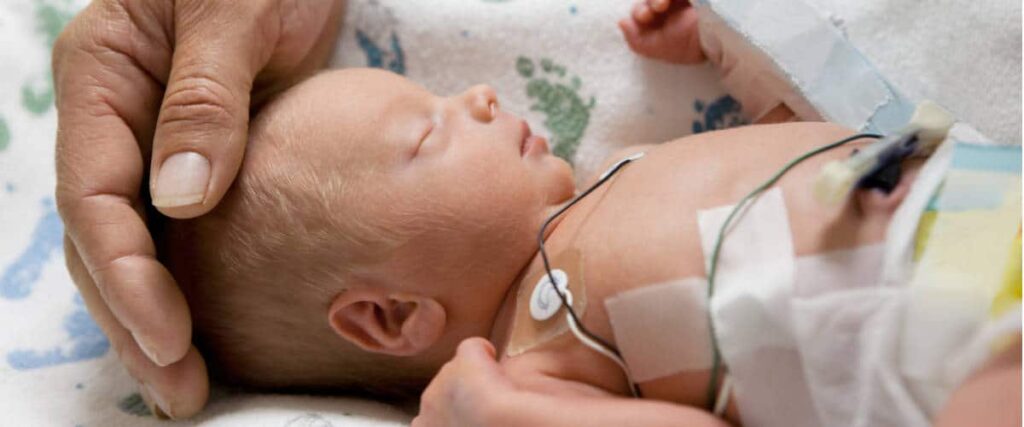Over the years, several major settlements in birth injury and cerebral palsy cases have made a big impact in the United States. Mistakes by doctors and hospital staff, like not following guidelines or acting in time, have led to some of the largest settlements in US history. According to Birth Injury Lawyers Group, here are the top 10 largest verdicts, highlighting the allegations and settlements:
- Pennsylvania (2023) $182 Million Verdict: This case claimed that the hospital failed to perform a cesarean section quickly, despite knowing the mother had chorioamnionitis, an infection affecting the amniotic fluid and fetal membranes. The verdict included $101 million for lifetime care expenses, $1.7 million for future loss of earnings, and $80 million for pain and suffering damages.
- Michigan (2024) $120 Million Verdict: A pregnant woman went to the hospital for a routine checkup, which turned into a medical emergency due to a delay in performing a C-section. The delay, caused by the medical team’s failure to act on “non-reassuring fetal heart tones” from the fetal monitor, led to severe asphyxiation at birth. This caused the child to be diagnosed with cerebral palsy. After a four-week trial, a Detroit jury awarded $120 million in damages.
- Iowa (2022) $98 Million Verdict: A 39-year-old woman was admitted with painful contractions. The baby showed signs of distress, but the doctors didn’t order a C-section, resulting in a brain injury due to lack of oxygen. The doctor also improperly used both forceps and a vacuum during delivery. The baby now has cerebral palsy, needs help to stand and walk, requires 24-hour care, and will likely never be able to work.
- Missouri (2021) $34 Million Verdict: Pitocin was used excessively, causing overly strong contractions and severe loss of oxygen during delivery. The child suffered brain damage and was diagnosed with severe cerebral palsy, leaving him permanently disabled.
- Missouri (2023) $25 Million Verdict: An obstetrician let a student doctor handle the administration and monitoring of Pitocin. Despite warnings from the fetal heart monitor, the doctor continued giving more Pitocin, leading to significant oxygen loss for the baby, who developed cerebral palsy. After a two-week trial, the jury awarded the child and family over $25 million for pain and suffering (later reduced to $19 million).
- Tennessee (2020) $15 Million Verdict: A small mother with a history of C-section deliveries was advised to attempt a VBAC for her second child. The child got stuck in the birth canal, causing brain damage and cerebral palsy.
- Illinois (2024) $14 Million Verdict: A 33-week pregnant mother went to the hospital with severe abdominal pain. There was no prompt assessment, causing a delay in recognizing placental abruption. By the time an emergency cesarean section was performed, the baby’s heart rate had declined, leading to severe distress and cerebral palsy. After four years, the baby died, leading to both wrongful death and survival action lawsuits. The jury awarded $14 million for the family’s pain.
- Maryland (2023) $13 Million Verdict: A woman was given Pitocin despite high blood pressure. After 17 hours of labor and fetal heart monitor warnings, the child suffered brain injuries from lack of oxygen. The jury awarded over $13 million for future medical expenses, pain and suffering, and lost earning potential.
- New York (2020) $5,891,304 Settlement: A child suffered hypoxic-ischemic encephalopathy (HIE) during delivery, leading to spastic cerebral palsy. The child is permanently disabled, requiring a feeding tube, wheelchair, and will never live or work independently.
- Nevada (2022) $5,000,000 Settlement: The child experienced two oxygen deprivation injuries at birth. The family’s cerebral palsy lawsuit claimed the delivery team missed signs of fetal distress and failed to diagnose issues like chorioangiomas and anemia.
According to our conversation with a cerebral palsy lawyer at Birth Injury Lawyers Group, here are some medical errors considered cerebral palsy malpractice:
- Excessively pulling on a child’s head, neck, shoulder, or arms.
- Improper use of delivery tools like vacuum extractors and forceps.
- Failing to detect or treat maternal infections and other risk factors.
- Neglecting to perform an emergency C-section.
- Failing to treat high maternal blood pressure and related complications during pregnancy (like preeclampsia).
- Not diagnosing and treating preterm labor or prolonged delivery.
- Not identifying umbilical cord issues.
- Not recognizing fetal distress, such as lack of oxygen leading to hypoxic-ischemic encephalopathy (HIE).
- Failing to resuscitate a baby in time to prevent serious brain damage, a common cause of cerebral palsy.
- Providing inadequate prenatal care before the baby is born.


